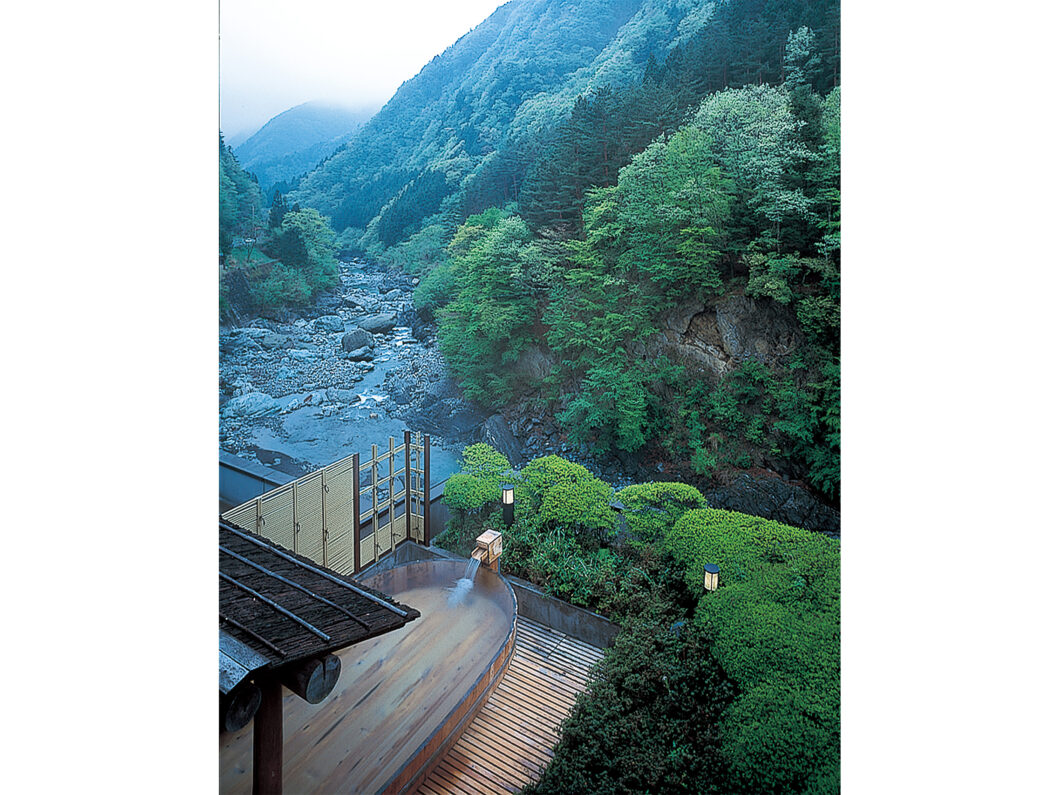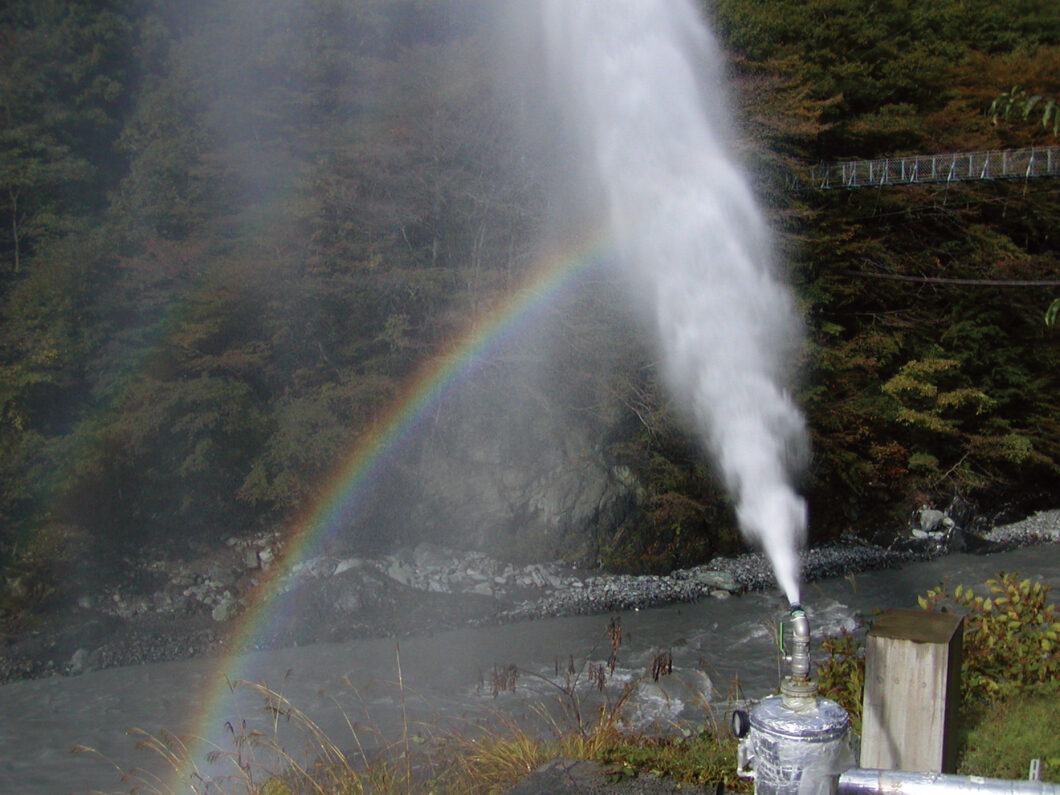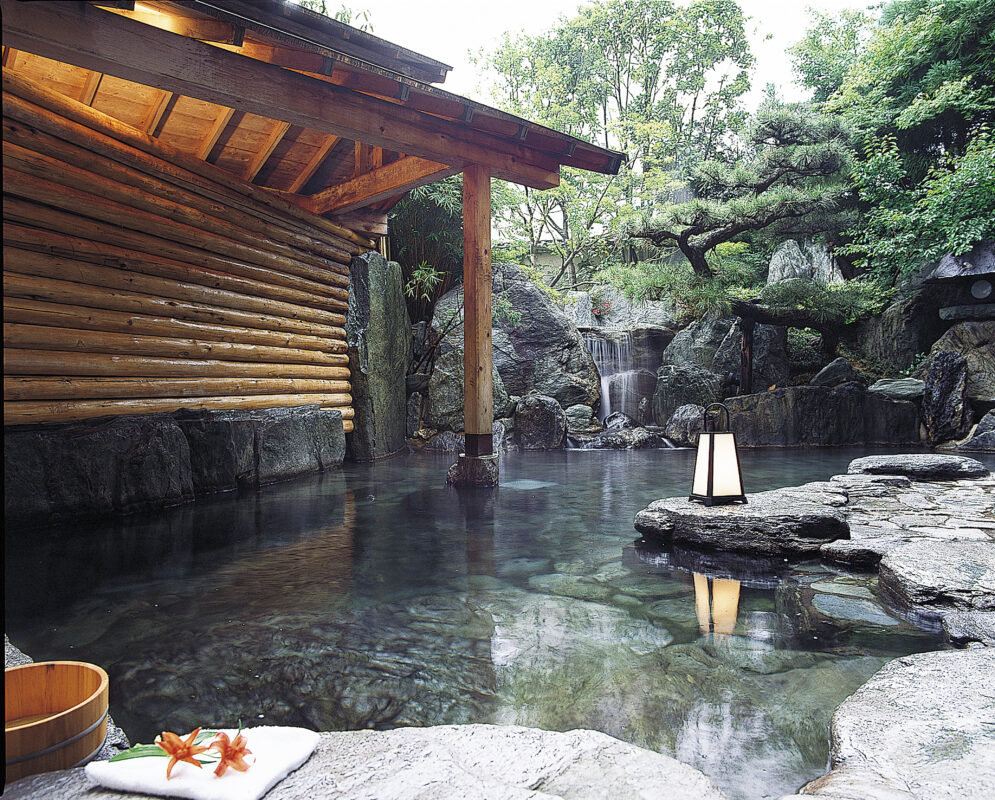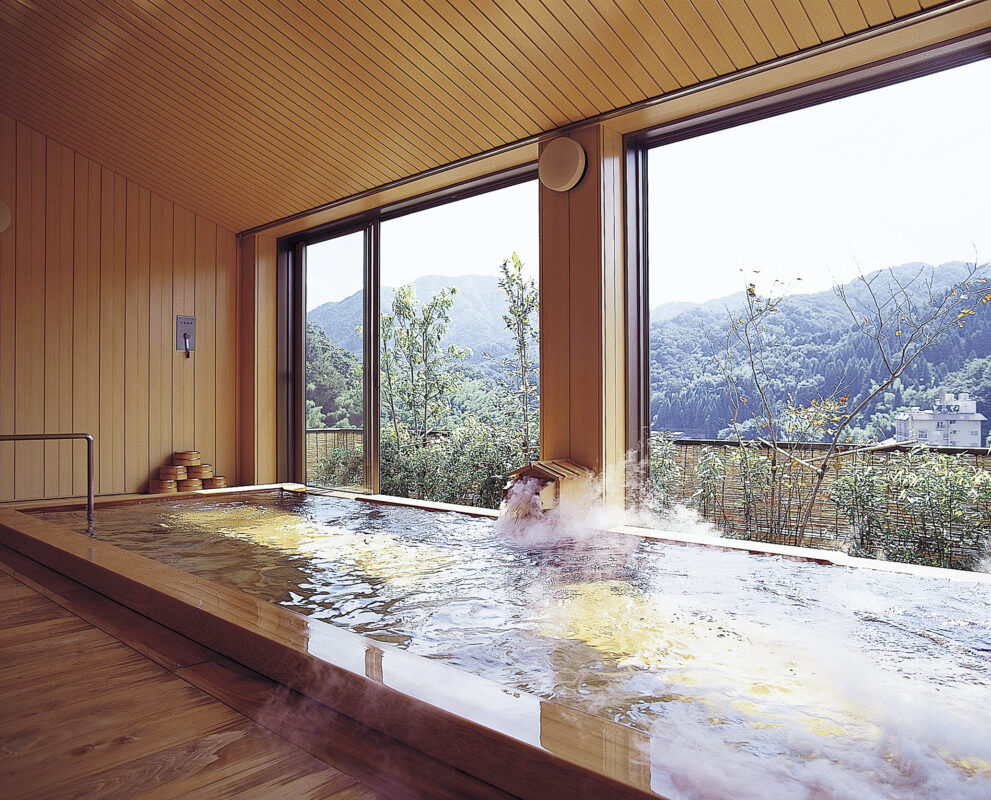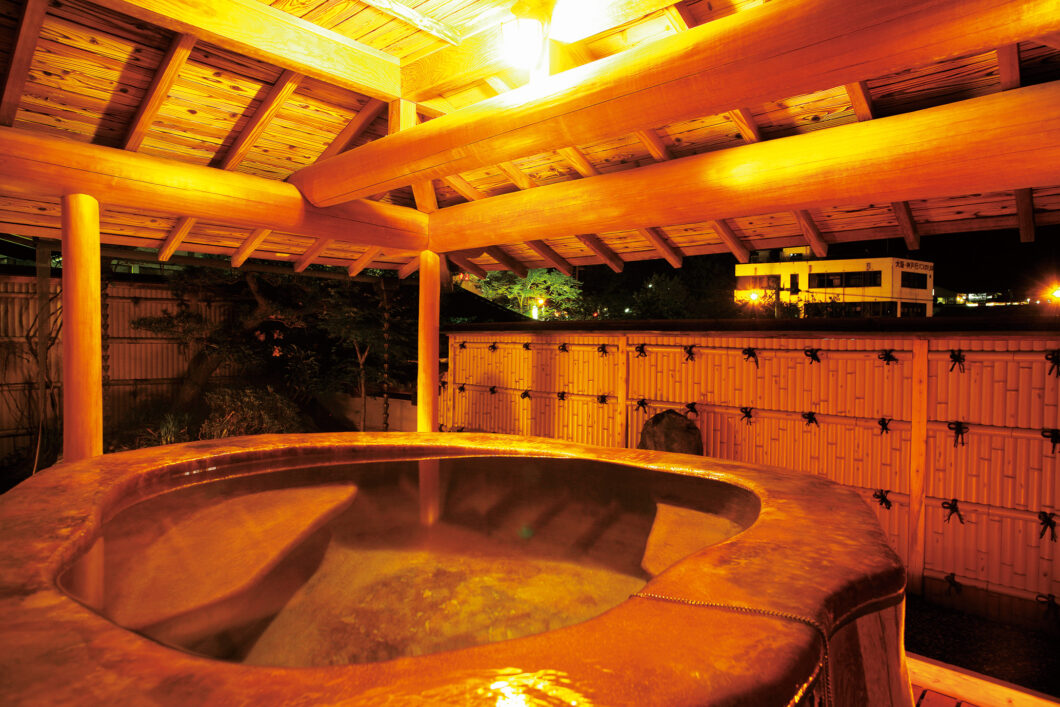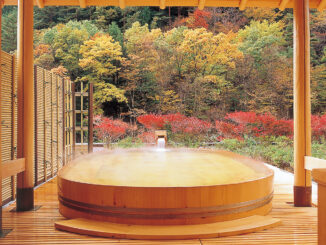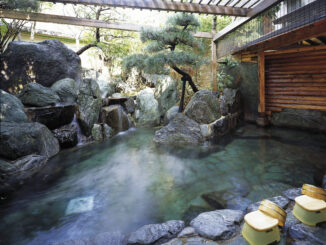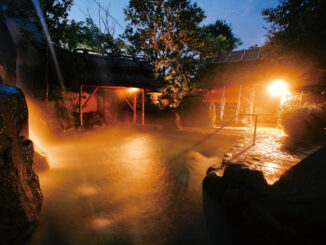Featured
INDEX
The world's oldest inn that tells of the hot springs of Fossa Magna
In geology, the Fossa Magna is the region that marks the boundary between northeastern Japan and southwestern Japan. It was named by German geologist Heinrich Edmund Naumann, who discovered that this great rift valley stretches from Itoigawa to Shizuoka. He is also known for helping the research of Philipp Franz von Siebold, who discovered the Omori Shell Mound.
Keiunkan in Nishiyama Onsen, Yamanashi Prefecture, is a place where you can enjoy the natural hot springs that are recharged and bubble up from underground in the fossa magma. The natural hot springs that flow from Keiunkan, which dates back to 705 (the second year of Keiun), have a flow rate of 400 liters per year, and it was said that it could have been the best in the world at the time. Keiunkan is also known as the "world's oldest inn" as certified by Guinness. It was discovered by Fujiwara no Masato (the eldest son of Fujiwara no Kamatari), a man of the capital who had wandered deep in the mountains of Kai, and it is a historic inn that has been loved by famous generals such as Takeda Shingen and Tokugawa Ieyasu, as well as many literary servants and guests.
In 2005, Keiunkan celebrated its 1300th anniversary by digging a hot spring next to the inn, where they uncovered an unimaginable hot spring with a temperature of 52 degrees and a flow rate of over 1600 liters per minute (about 8 drums). If you combine the natural spring water from 1300 years ago with the drilled artesian spring, the total volume of hot water reaches 2000 liters per minute. From the perspective of the SDGs, Keiunkan is careful to limit its usage to a quarter, but it uses Japan's best hot spring water without heating or adding water for not only the six different types of baths, but also the baths, hot water, and showers in each room, providing the wonder of a genuine hot spring as an Gensen kakenagashino yado.
Two lodgings where you can enjoy Japan's hot springs, originating from the Geopark
San'in Coast Geopark is a place where you can see a variety of coastal landforms, such as igneous rocks and strata related to the formation of the Sea of Japan, and ria coasts and sand dunes formed by crustal movements since the time when the Japanese archipelago was part of the continent. Yumura Onsen is one part of it. The hot springs were discovered in 848, early in the Heian period, and are deeply rooted in people's lives as "a hot spring of longevity that keeps the body rust-free." In the center of town is Arayu, a gushing spring with a water temperature of 98 degrees, the highest in Japan, and a flow rate of 470 liters per minute. Yumura Onsen has a total of about 60 hot springs, with a total flow rate of 2,300 liters per minute. People are highly dependent on the hot springs, and there is even a hospital called the Hot Spring Hospital and a hot spring elementary school.
One of the long-established inns in Yumura Onsen is Izutuya, which was founded in 1702 (Genroku 15). This was the year that the Ako Roshi raid took place. Izutuya is also an Gensen kakenagashino yado. The inn's proud private hot spring flows out at a rate of 470 liters per minute, and it flows into a variety of baths. In recent years, the inn has been renovated, and now there are guest rooms where you can enjoy the fresh hot spring water together with the nature of Yumura.
The Asano family also has a long history, including their time as lords of Asanoya Castle. The castle-style building will make you feel like a prince or princess on your trip. This is a unique inn where all rooms and buildings have free-flowing hot spring water, with 500 liters of hot spring water gushing out per minute from the inn's five hot springs. The tastefully designed guest rooms also have hideaway-like spaces where you can fully enjoy a soak in the hot springs.

